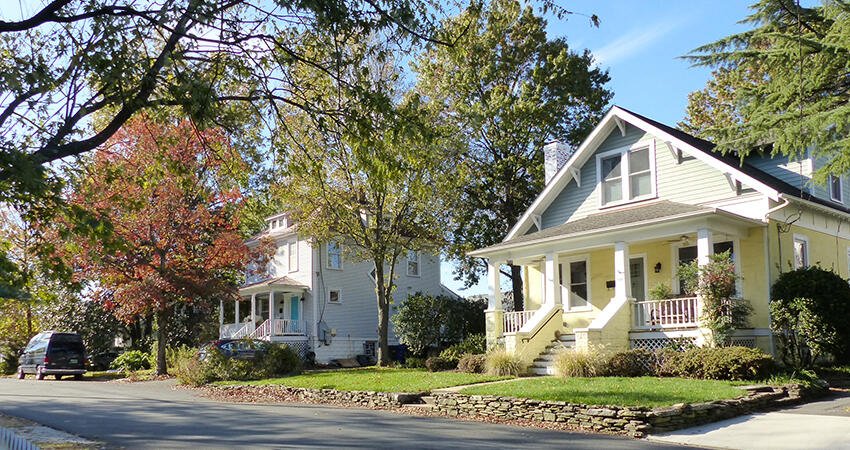
(lensfield/Shutterstock)
Current Appraisal Practices Perpetuate Racial Disparities in Home Values
- Title:
-
The Increasing Effect of Neighborhood Racial Composition on Home Values, 1980-2015
- Author:
-
Junia Howell and Elizabeth Korver-Glenn
- Source:
- Publication Date:
-
2020
Research has repeatedly demonstrated that homes are appraised at lower values in communities of color, particularly Black communities, even when compared with homes in white neighborhoods with similar house and neighborhood characteristics. From the 1930s until the passage of the Fair Housing Act of 1968, neighborhood racial composition was an explicit determining factor in the evaluation of US home values. Government-enforced redlining and other discriminatory housing practices encouraged higher valuations and investment in white communities and lower home valuations and disinvestment in communities of color.
These historically established patterns continue to this day—but it is unclear whether lower appraisals in communities of color are solely the result of historical legacies or if they partially result from modern racial biases in the appraisal industry.
To better understand the relationship between neighborhood racial composition and appraisal values, the authors of this study perform a series of analyses using data from the 1980, 1990, and 2000 Decennial Censuses and the 2008–12 and 2013–17 American Community Surveys. Using these data, they test four hypotheses for continued home value inequalities. First, they test whether the legacy of historical housing segregation will affect home size; second, that histories of segregation affect neighborhood socioeconomic status; third, that housing market demand affects home values; and finally, that contemporary appraisal practices, which account for past appraisals, perpetuate inequality.
They perform cross-sectional linear regressions to evaluate the role historical segregation and socioeconomic inequality play in determining appraisal values, as well as metropolitan-level longitudinal regressions to determine the role of real estate demand. Finally, they use a dynamic panel modeling approach to differentiate the effect of contemporary neighborhood racial composition from the effect of historical appraised values.
Key findings
- Home characteristics, such as house size and quality, and neighborhood socioeconomic characteristics explain some of the inequality in home values between white neighborhoods and neighborhoods of color, but they explain a decreasing amount of that inequality over time.
- The average home value in white neighborhoods increased $225,000 (in real dollars) from 1980 to 2015, which is more than seven times the $31,000 increase in communities of color.
- When a metropolitan area has more Black and Latinx residents, home value inequality is greater between white neighborhoods and neighborhoods of color.
- Past appraisals have a strong and positive relationship with current appraisals, which confirms that the contemporary appraisal approach has perpetuated historical inequality.
- Appraisers continue to use neighborhood racial composition to help determine which homes are comparable. In this way, contemporary appraisers are constructing a racialized housing market and exacerbating racial inequality.
- Even when considering how previous appraisal values affect contemporary ones, contemporary neighborhood racial composition is still significant. As the Black and/or Latinx population increases in a community, appraisal values decrease over time.
Policy recommendations
- Regulatory legislation could be used to decouple neighborhood racial composition from appraisal values and home value appreciation.
- Offering reparations for the history of explicit racism in housing policy and the contemporary inequalities it has propagated could help reduce racial inequality in the US.


